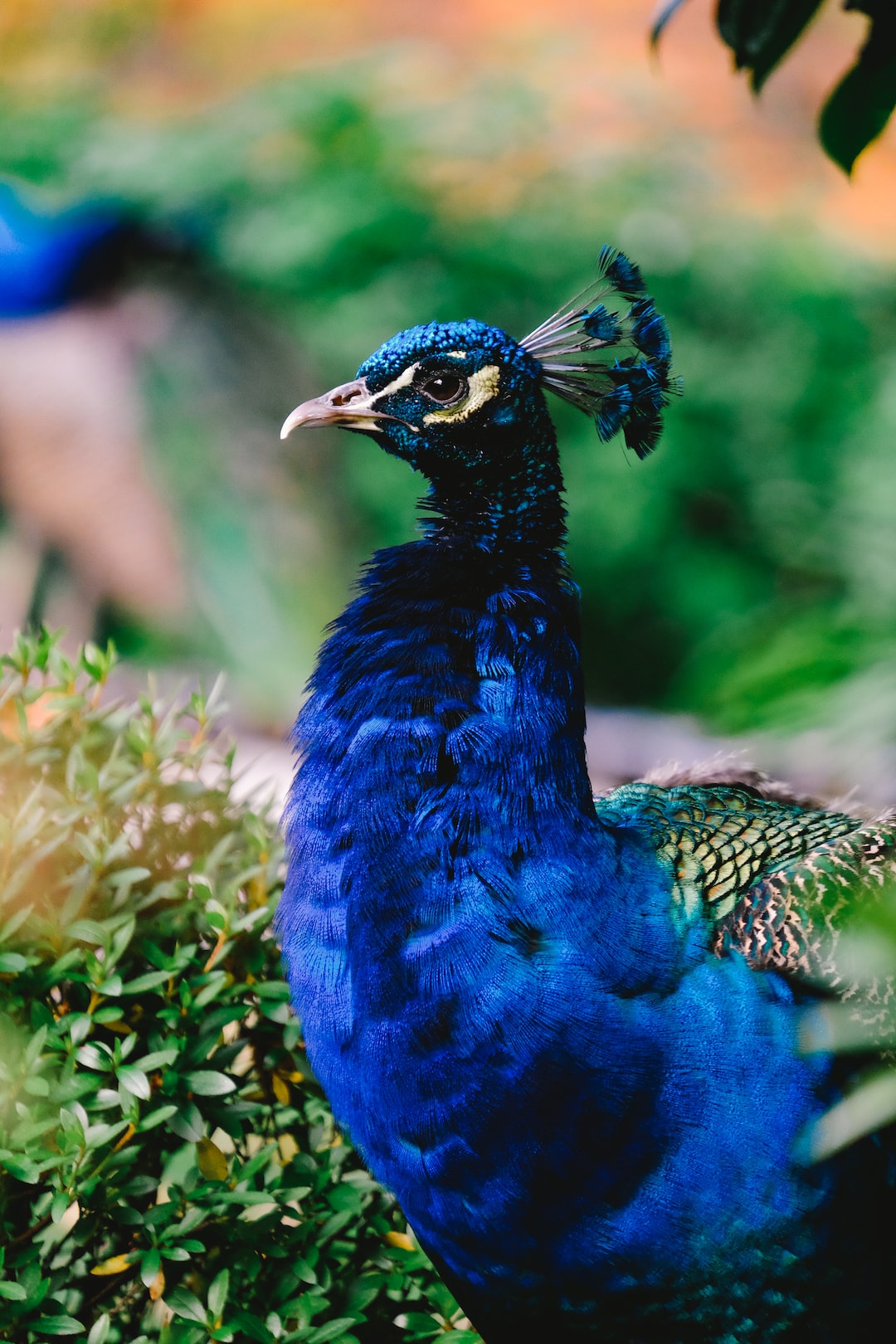Wildlife on Our Doorstep: Encouraging Biodiversity in Our Gardens
In a world where urbanization and human activities are rapidly encroaching upon natural habitats, our gardens have become vital sanctuaries for wildlife. From fluttering butterflies to melodious songbirds and buzzing bees, biodiversity in our gardens not only adds beauty and serenity but also plays a crucial role in the conservation of our delicate ecosystem. By creating an inviting and sustainable environment, we can encourage various forms of wildlife to thrive right on our doorstep.
The benefits of attracting wildlife into our gardens are numerous. Firstly, it creates a sense of connection with the natural world, allowing us to witness the mesmerizing wonders of biodiversity up close. As we observe these creatures in their habitat, we develop a deeper appreciation for their existence and the intricate ecological relationships that exist between them. This connection can be particularly impactful for children, inspiring a sense of wonder and fostering a desire to protect and preserve nature.
Encouraging wildlife in our gardens also plays an essential role in pollination. Bees, butterflies, and other pollinators are responsible for a significant amount of plant reproduction. The presence of these insects ensures that flowers are fertilized and produce seeds and fruits, thus contributing to the cycle of life. By providing a suitable environment that offers a variety of flowering plants, we are supporting these crucial pollinators and ensuring the continued growth and biodiversity of our surroundings.
Conservation biologists highlight another key benefit of encouraging wildlife in our gardens: creating mini-refuges for endangered species. As urbanization continues to destroy and fragment natural habitats, many species are losing their homes and struggling to survive. By transforming our gardens into wildlife-friendly spaces, we offer a lifeline for these vulnerable creatures. Even small changes, such as adding bird feeders, nesting boxes, or wildlife-friendly plants, can make a significant difference in providing food, shelter, and breeding opportunities.
So, how can we transform our gardens into havens for biodiversity? Here are some simple steps to get started:
1. Native Plants: Choose native plants for your garden as they are best suited for your local climate, soil, and wildlife. Native plants provide a habitat for local insects, birds, and mammals, offering shelter, food, and nectar-rich flowers.
2. Variety of Habitats: Create diverse habitats within your garden by incorporating features such as ponds, log piles, or rockeries. These features attract a range of wildlife, from amphibians to insects and mammals, providing different areas for shelter, breeding, and foraging.
3. Food Sources: Plant a variety of flowering plants that provide a continuous source of nectar throughout the seasons. Include species that offer different types of flowers to cater to various pollinators. Supplement this with bird feeders, which can attract a plethora of species.
4. Water: Water is crucial for attracting wildlife, so consider adding a bird bath, pond, or even a small water feature. Ensure that there are shallow areas for birds to drink and bathe safely, while deeper areas can cater to amphibians and insects.
5. Natural Pest Control: Instead of relying on harmful pesticides, encourage natural pest control by attracting beneficial predators. Ladybugs, hoverflies, and lacewings are among the many garden-friendly insects that feed on pests, helping maintain a healthy balance.
6. Minimize Chemical Use: Reduce or eliminate the use of harmful chemicals in your garden, as they not only harm wildlife but also disrupt the delicate balance of the ecosystem. Embrace organic alternatives and sustainable gardening practices to create a healthy and safe environment.
7. Wildlife-Friendly Structures: Install bird boxes, bat boxes, and insect hotels to provide spaces for nesting and roosting. These structures support biodiversity by providing safe and warm spots for wildlife to thrive.
In conclusion, embracing biodiversity in our gardens is a simple yet powerful way to make a positive impact on the environment. By welcoming a variety of species into our green spaces, we can create a harmonious coexistence that benefits both wildlife and ourselves. So, let us transform our gardens into vibrant havens, where wildlife can flourish, and the wonders of nature can be celebrated right on our doorstep.

